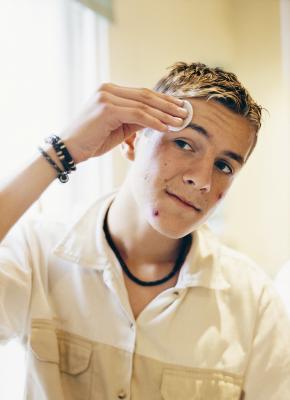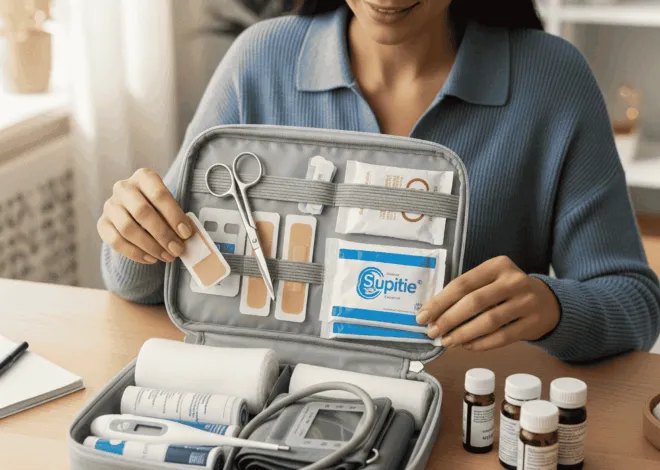Approximately 40 to 50 million Americans suffer from acne, according to 2009 information from the American Academy of Dermatology (AAD). Additionally, each year, 85 percent of U.S. teenagers will have acne an breakout. Most cases of acne are mild and you can effectively treat them with readily available over-the-counter medications. Moderate to serious acne cases typically require professional medical intervention and sometimes result in unsightly scars. Contemporary surgical techniques can help diminish the appearance of acne scars.
Causes
No one knows the exact cause of common acne breakouts, but a combination of excess skin oil called sebum, P. acnes bacteria, inflammation and clogged pours are the most likely culprits, according to the AAD. Moderate to severe acne can cause widespread skin damage and result in permanent scars. This type of acne does not go away on its own and rarely responds to over-the-counter medications. Professional treatment is almost always required and in many cases, a variety of treatments may be attempted before a successful regimen emerges.
Identification
Moderate to severe acne can take years to successfully treat. The deep cysts and nodules usually associated with moderate to severe acne can result in extensive skin damage including changes in skin pigmentation, discoloration of the skin and different types of scarring. The most common types of scars associated with acne are boxcar scars, which are rectangular depressions with sharp edges, icepick scars, which are small but deep, rolling scars, which are shallow depressions and keloidal scars, which appear thick and inflamed.
Types
There are several different types of surgery for the treatment of acne scars, but there is no single type of surgery that is appropriate for all types of acne scars, according to the Baylor College of Medicine. A procedure known as subcision or subcutaneous incision that breaks up scar tissue beneath the acne scars can treat rolling scars. Punch excision and grafting, surgically removes the scar, which is then either stitched up or filled with a skin graft, can treat icepick scars.
Alternatives
Recent developments in laser surgery show promise in treating acne scars. There are two primary types of laser treatments: non-ablative and ablative procedures. Ablative laser surgery, sometimes referred to as laser skin resurfacing, involves using focused laser beams to burn away the surface layer of the skin. Ablative laser treatments cause visible wounding and requires patient downtime. This type of procedure is effective in treating depressed scars including boxcar and icepick scars. Non-ablative laser treatments do not cause visible wounding to the skin and rarely involve patient down time. This type of procedure produces improved skin appearance and a significant reduction of active acne infections, but the results are typically not as dramatic as ablative procedures. Multiple sessions are usually required to obtain satisfactory results.
Benefits
Acne, even in its severe form, is not considered a serious condition. Acne is not life-threatening and does not have detrimental effects on other body systems. However, acne can still have serious repercussions for those who suffer from outbreaks. Acne breakouts and scars can contribute to low self-esteem, reduced self-confidence, social anxiety, withdrawal and depression. Acne sufferers even have a higher rate of unemployment. Fortunately, even the most severe cases of acne can usually be treated. A combination of procedures that may include surgery, laser and light therapy, as well as oral and topical medications, can help reduce or eliminate acne scars.





